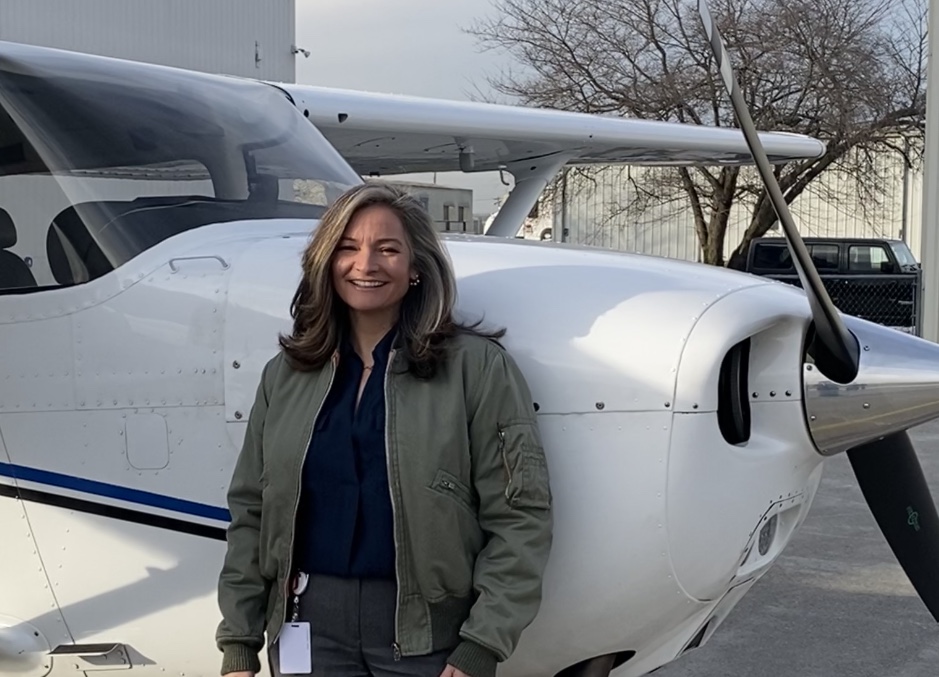The AC may be helpful for all pilots, but especially so for those acting as Pilot in Command (PIC) who are required to conduct a preflight briefing. 14 CFR 1.1 defines PIC as the person who has the final authority and responsibility for the operation and safety of the flight; has been designated as PIC before or during the flight; and holds the appropriate category, class, and type rating, if appropriate, for the conduct of the flight. 14 CFR 91.3 defines the PIC’s authority and responsibility as the one directly responsible for, and is the final authority as to the operation of that aircraft.
14 CFR 91.103 is the regulation governing PIC preflight action for pilots operating under Part 91, requiring that, “each pilot in command shall, before beginning a flight, become familiar with all available information concerning that flight,” including information specific for the type of flight.
The AC links to the Risk Management Handbook which emphasizes the necessity for the PIC to incorporate sound aeronautical decision-making; this may mean saying “no” to a flight. During flight, if an emergency arises, the PIC may not have time to use certain written resources. Therefore, preflight planning and briefing is critical.
An important but often overlooked step is determining who is PIC when there are multiple pilots onboard. Unlike Part 121 and 135 operations, the PIC is not typically pre-designated when operating under Part 91. Because individuals sitting at a flight control station on a given flight may also be pilots, the Risk Management Handbook cautions, “If no one is designated as PIC and unplanned circumstances arise, the decision-making styles of several self-confident pilots may come into conflict.”
FAA typically asks who was the PIC as part of any investigation. Since other pilots may be held accountable for their part in the careless or reckless operation of the flight, it is important to determine each pilot’s role for the flight in advance.






